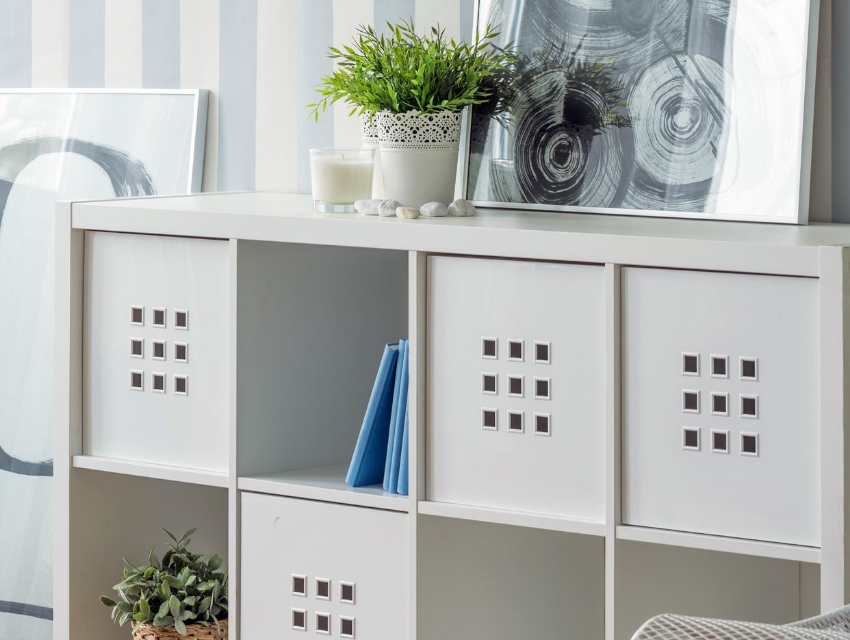My kids are "schooling" at home…how about yours?
Our routine is different since we can no longer just walk in and make a bunch of noise. Plus, it is worth mentioning that I have kids in two different school districts, so they have very different schedules and needs! It is a lot to keep track of.
I have seen my kids pivot and adjust in ways I never expected! As a child, I would have been kicking and screaming at having to do this, but my kids have been so positive. They are showing me the grace I need to have every single day!
In this unprecedented time, the demands on our home have changed because my kids each need a quiet spot that is both comfortable and will keep distractions to a minimum.
In an effort to ease the minds of all you fellow homeschooling, work-at-home parents, I am going to share some tips to help better get everyone organized for this unique school year ahead…
1. Designate a Proper Homeschooling Space
It is important we try our best (even in a small space) to get kids set up with both proper lighting as well as a desk where they are not hunched over.
In your home, consider where and how to place the computer so it is more at eye level and your children aren’t straining to do their work all day long.
2. Add Plenty of Storage Solutions
IKEA cubes are great for getting things organized in small spaces as well. Of course, if you have room for larger storage, be my guest, but when we are all working in close quarters, compact organization is key.
3. Create Weekly and Daily School Routines
Help your child take responsibility for their schedule. Begin each week by creating a calendar together of tasks, assignments, and even expectations (these can be both home and school).
Allow them to speak into any free time that is designated. By giving them some authority over their schedules, they will be more likely to buy into what is required of them each day.
For young children, creating color coded bins or folders for each school subject is helpful. These visual cues will help them transition from one area of study to the next a little more easily.
4. Make the Space Desirable and Fun
Allow kids to help create their environment. What colors do they find most motivating? What visuals will help keep homeschooling exciting and fun? What supplies are must-haves in their spaces?
Consider having your kids create a vision board for their space and then help them realize that vision by taking their thoughts and making them a reality. (If your space is already set up, you can have them create a “looking forward to summer” board or a “goals” board for the year ahead.)
We know this transition can be a challenge for both parents and students. Our top piece of advice? Do your best to keep calm! We are all in this together. (And don’t hesitate to hire a professional organizer or tutor if you need help!)
If you love organizing tips you can use right away, you'll really love our newsletter. Subscribe to get the good stuff. ;)
Until next time,
Shari







